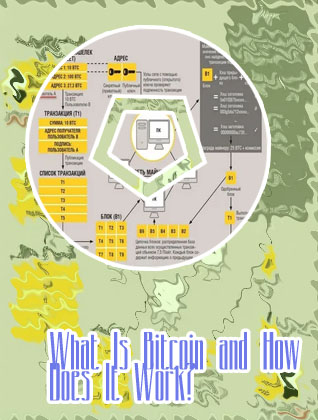- Bitcoin apps
- How to buy on cryptocom
- Bit coin price in us
- Cryptocurrency bitcoin price
- Cryptocoin com coin
- When to buy bitcoin
- Where to buy gyen crypto
- Ethereum candlestick chart
- How to buy crypto
- Buy ethereum with credit card
- Today's bitcoin cash price
- 1 etherium to usd
- Cryptocom cards
- Buy btc
- Cryptocom card
- Where to buy crypto
- Largest bitcoin holders
- Ethusd converter
- Where to buy ethereum
- 1bitcoin to dollar
- How to buy safemoon on cryptocom app
- Crypto exchange
- Bitcoin one percent controls all circulating
- What is ethereum trading at
- Metaverse coins on cryptocom
- Cryptocom payment methods
- Crypto com not working
- What app can i buy dogecoin
- Dogecoin 20 where to buy
- How to sell on cryptocom
- Btt crypto price
- Btc mining
- Safe btc crypto
- Bitcoin cryptocurrency
- Selling crypto
- Cryptocurrency exchanges
- Dot crypto
- Buy physical bitcoin
- Polygon crypto
- Where to sell dogecoin
- Price of ethereum today
- Safe dollar crypto
- How much is bitcoin
- Apps cryptocurrency
- How to close crypto com account
- Eternal crypto
- Crypto card
- Bit price
- Cryptos
- Coinbase cryptocurrency prices
- Bitcoin historical price
- Price of ethereum
- Tether to usd
- Does cryptocom charge fees

Bitcoin system
Bitcoin has become a hot topic in the world of finance and technology, with many people looking to understand how the Bitcoin system works and how they can get involved. To help shed some light on this complex topic, here are three articles that delve into different aspects of the Bitcoin system:
Demystifying the Bitcoin Blockchain: How It Works and Why It's Important

Bitcoin has revolutionized the world of finance with its innovative technology known as blockchain. This decentralized digital ledger is the backbone of Bitcoin and other cryptocurrencies, allowing for secure and transparent transactions without the need for intermediaries like banks.
The blockchain is a series of blocks, each containing a list of transactions. These blocks are linked together in a chain, forming a secure and immutable record of all transactions on the network. This transparency and security have made blockchain technology increasingly important in various industries beyond just finance.
One of the key features of the blockchain is its distributed nature, meaning that copies of the ledger are stored on multiple computers across the world. This ensures that no single entity can control or manipulate the data, making it resistant to fraud and censorship.
The concept of blockchain was first introduced by an anonymous person or group known as Satoshi Nakamoto in 2008. Since then, it has gained widespread attention and adoption, with companies and governments exploring its potential applications in areas such as supply chain management, voting systems, and identity verification.
As the world continues to embrace the possibilities of blockchain technology, it is essential for individuals to understand how it works and why it is important. By demystifying the Bitcoin blockchain, we can unlock its full potential and pave the way for a more secure
Understanding Bitcoin Mining: The Backbone of the Bitcoin System
Bitcoin mining plays a crucial role in the functioning of the Bitcoin system, serving as the backbone of the entire network. In simple terms, Bitcoin mining is the process of adding new transactions to the blockchain and securing the network through the solving of complex mathematical problems. This process is carried out by miners, who use powerful computers to compete against each other in solving these mathematical puzzles.
One of the key figures in the world of Bitcoin mining is Satoshi Nakamoto, the mysterious creator of Bitcoin. Nakamoto's whitepaper, released in 2008, introduced the concept of mining as a way to incentivize network security and transaction verification. Since then, Bitcoin mining has evolved significantly, with miners now using specialized hardware known as ASICs (Application-Specific Integrated Circuits) to mine more efficiently.
Mining farms, which are large facilities equipped with hundreds or even thousands of mining rigs, have become commonplace in countries like China, Russia, and the United States. These farms consume massive amounts of electricity to power their operations, leading to concerns about the environmental impact of Bitcoin mining.
Despite these concerns, Bitcoin mining continues to play a crucial role in the Bitcoin ecosystem, ensuring the security and integrity of the network. As the popularity of Bitcoin grows, so too does the importance of mining in maintaining the decentralized
Securing Your Bitcoin Wallet: Tips and Best Practices for Keeping Your Funds Safe
none